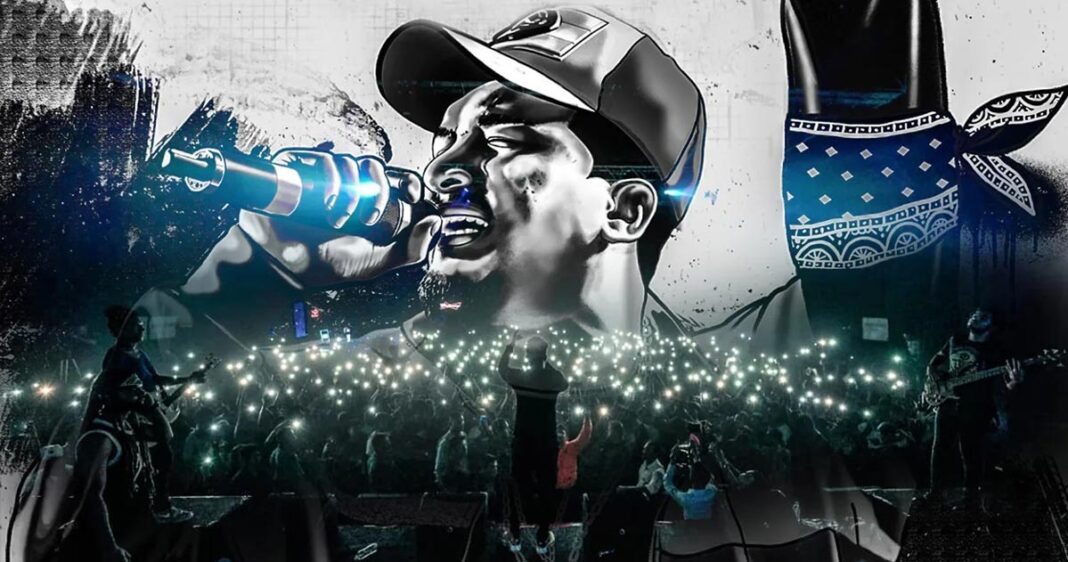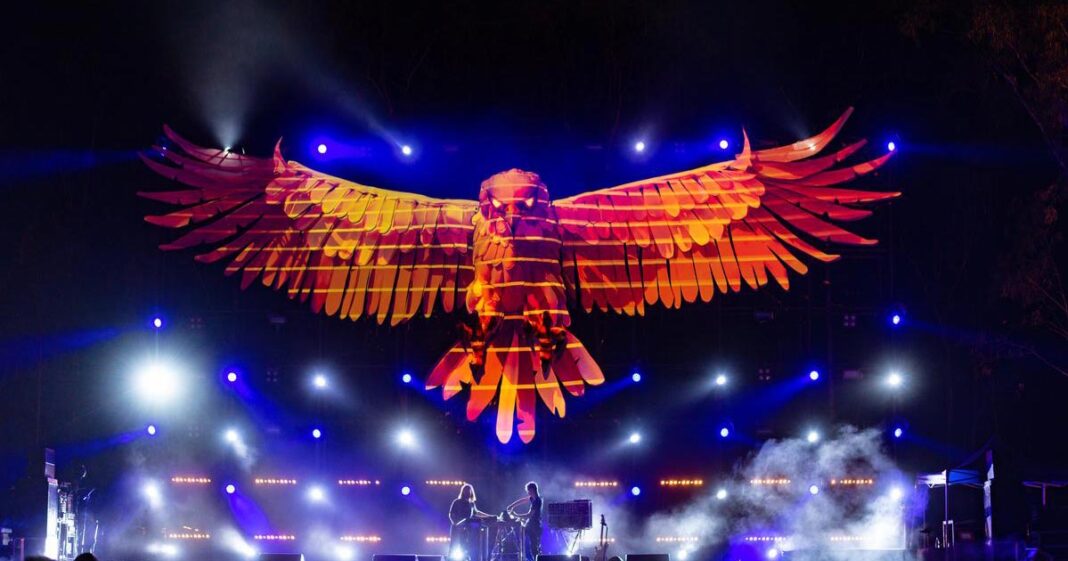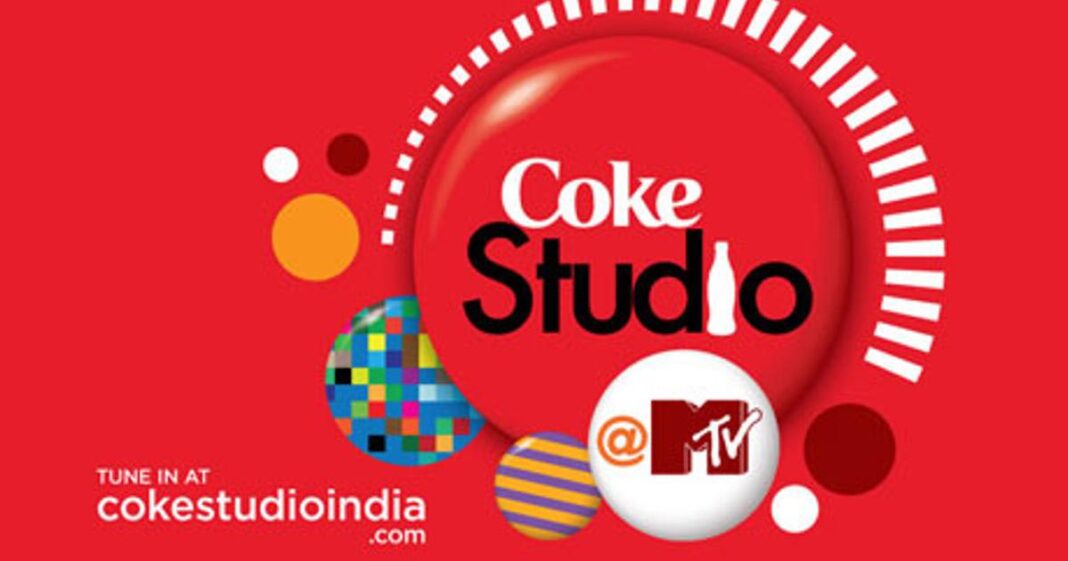
When Zoya Akhtar’s Gully Boy hit the screens in 2019, it did far more than entertain. It ignited a cultural shift that brought India’s underground hip-hop scene to mainstream attention. The movie, inspired by the real-life journeys of Mumbai-based rappers Divine (Vivian Fernandes) and Naezy (Naved Shaikh), told a gritty tale of aspiration, identity, and rebellion through rhythm and rhyme. But its true legacy lies beyond the silver screen — in the rise of countless young Indian voices who now see rap as more than music: it’s a movement.
The Roots of Desi Hip-Hop: Beyond Bollywood Beats
Long before Gully Boy, Indian hip-hop had been bubbling under the surface. Artists from Mumbai’s chawls and Delhi’s colonies were already rapping about poverty, police brutality, unemployment, and inequality — subjects too raw for mainstream cinema or music videos. But with limited platforms, these rappers relied on YouTube and underground battles to make their voices heard.
Then came Gully Boy — a film that not only chronicled this movement but catapulted it into the limelight. The soundtrack, featuring real artists like Divine, Naezy, and Dub Sharma, gave authenticity to the narrative. More importantly, the film’s success proved that desi hip-hop had a place in India’s cultural mainstream.
Real-Life Gully Boys: From Local Lanes to Global Stages
Divine (Vivian Fernandes), one of the key inspirations behind Gully Boy, is a testament to the genre’s meteoric rise. Growing up in Mumbai’s slums, Divine started his journey with the rap crew “Mumbai’s Finest” and later gained fame with the track Yeh Mera Bombay. His breakout hit Mere Gully Mein with Naezy became an anthem of the streets and eventually inspired the film itself.
In 2021, Divine became the first Indian rapper to be featured on the New York Times Square billboard, as part of Spotify’s global RADAR program. He also won the MTV Europe Music Award for Best Indian Act in 2021. In a statement to Hindustan Times, Divine said, “This is just the beginning. We’re showing the world that Indian hip-hop is here to stay.”
Naezy, the other half of Mere Gully Mein, began writing rhymes to deal with the frustrations of life in Kurla, a suburb in Mumbai. His debut track Aafat! uploaded to YouTube in 2014, went viral — and not just for its rapid-fire Urdu rap but for its raw depiction of life in the underbelly of the city. Despite a short hiatus due to personal issues, Naezy’s return has been strong, and he continues to inspire new talents from lower-income communities.
Echoes Across India: A National Movement
The impact of Gully Boy was not limited to Mumbai. Across India, local rap scenes began to flourish. In Delhi, artists like Prabh Deep and Seedhe Maut emerged with powerful lyrics on social justice, mental health, and identity. Prabh Deep’s debut album Class-Sikh received critical acclaim for its exploration of life in Delhi’s working-class neighborhoods. Seedhe Maut, known for tracks like Shaktimaan and Namastute, have consistently drawn praise for their high-energy performances and intricate lyricism.
In The Indian Express, music critic Devansh Sharma noted, “What used to be considered niche or rebellious is now shaping the sound of a generation.”
Down south, rappers like Arivu from Tamil Nadu have blended hip-hop with folk and political themes. His song Enjoy Enjaami, in collaboration with Dhee and Santhosh Narayanan, became a viral sensation, garnering over 450 million views on YouTube. The song’s powerful message on caste and land rights sparked conversations across the country.
Women in Desi Hip-Hop: Breaking Bars and Boundaries
One of the most significant changes post-Gully Boy has been the rise of female rappers in India’s hip-hop scene. Dee MC, a rapper from Mumbai who even appeared in Gully Boy, has been a vocal advocate for gender representation in the genre. Her tracks focus on self-expression, feminism, and fighting stereotypes.
Another standout is Rebel 7 aka Sofia Ashraf from Chennai, who uses her music to raise environmental and social justice issues. Her song Kodaikanal Won’t called out Unilever for mercury contamination in Tamil Nadu and gained international media coverage, including a feature in The Guardian.
Awards, Recognition, and Global Collaborations
Since Gully Boy, Indian rappers have started gaining the kind of attention once reserved for Bollywood stars. At the 65th National Film Awards, Gully Boy won Best Feature Film in Hindi, and rappers like Divine and Dub Sharma were credited for revolutionizing film music.
In 2023, DIVINE collaborated with international artists like Nas and Russ, symbolizing how Indian hip-hop was no longer just an imitation of Western rap — it had a unique, indigenous voice. He also founded his own label, Gully Gang Records, nurturing new talents from across India.
Media and Platforms: Fueling the Fire
Streaming platforms like Spotify, Apple Music, and YouTube Music have been instrumental in democratizing access to hip-hop. Shows like MTV Hustle further pushed the envelope, bringing underground talent into living rooms across the country. Winners like M-Zee Bella and MC Square have since gone on to release chart-topping singles and perform at national-level music festivals.
According to The Hindu, the number of desi hip-hop listeners in India grew by 60% between 2019 and 2023, marking a dramatic shift in music consumption patterns.
More Than Just Music
Gully Boy was more than a movie; it was a movement. It validated the dreams of countless young Indians who felt unseen and unheard. It gave the underground a microphone, and what followed was a roar of rhythm and resistance. The streets of Dharavi, Delhi, Chennai, and Kolkata now echo with bars that speak truth to power — and the world is finally listening.
As hip-hop in India continues to evolve, its spirit remains rooted in the lived realities of its artists. And that — as Divine says — is keeping it real.





